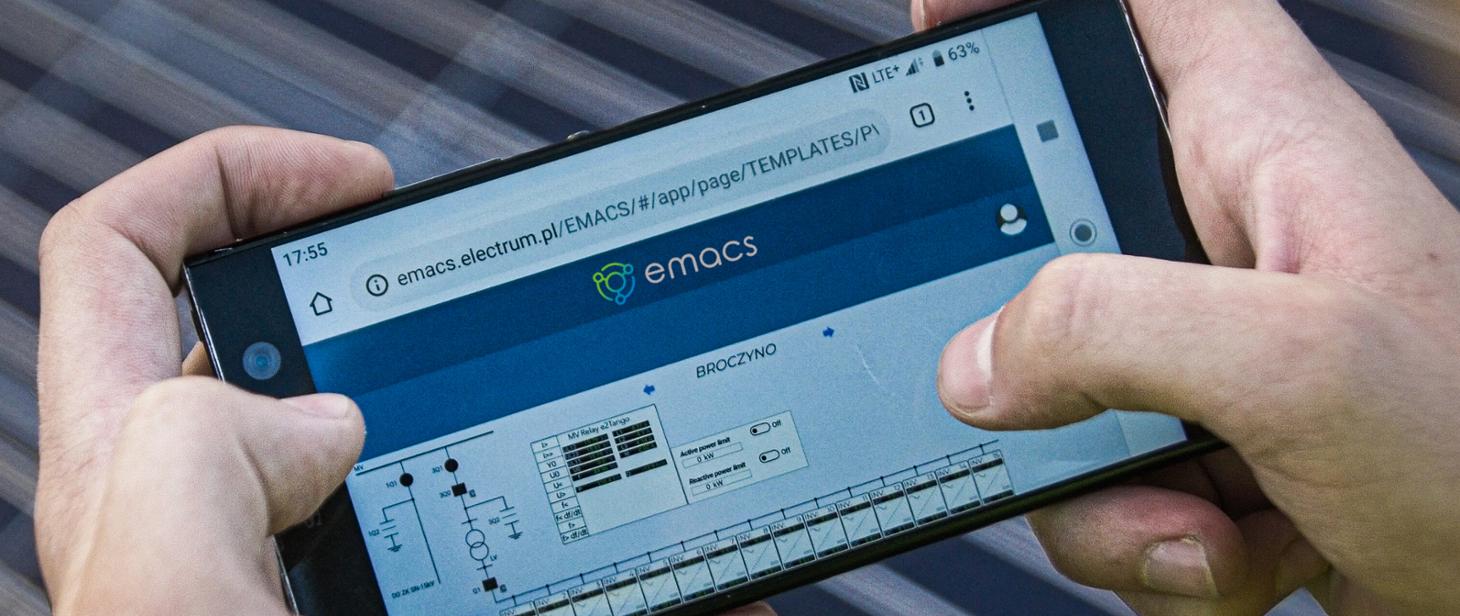Smart Grids in rural areas – RIGRID
The project delivered the following results: an IT tool with algorithms for the optimum planning and working of the said systems, and the demonstration installation in the Puńsk Commune

 Project title
Project title
Smart Grids in rural areas – RIGRID
 Name of Beneficiary/Beneficiaries
Name of Beneficiary/Beneficiaries
Electrum sp. z o.o.
 Name of programme
Name of programme
International programmes
 Competition
Competition
ERA-Net Smart Grids Plus
 Project value
Project value
PLN 2,062,012.00
 Project parners
Project parners
Fraunhofer IFF, Germany; Institute of Power Engineering, Warsaw University of Technology; European Copper Institute; Harz-Regenratic Druiberg; Regenerativ Kraftwerke Harz; Puńsk Commune
 Project delivery period
Project delivery period
01 May 2016 – 30 April 2018
View the results of our work
Checking solar-farm data using the EMACS system.
The main impact of the project will be Electrum’s improved qualifications to design, build and optimise isolated power systems, in this particular case in rural areas. By expanding our knowledge and conducting experimental measures, we were able to develop a methodology and tools to facilitate the reproducible design, implementation and optimum management of micro-grid systems and island structures. The project delivered the following results: an IT tool with algorithms for the optimum planning and working of the said systems, and the demonstration installation in the Puńsk Commune. In addition, the commercialisation of our research has indirectly contributed to the emergence of Electrum’s new business line based on infrastructure servicing and maintenance, as well as comprehensive electrical-asset management.
Have you managed to develop a market-ready product or technology?
Yes, the project delivered an IT tool to design, optimise and operate micro-grid systems, which also serves as a comprehensive control and monitoring system. This product is marketed as part of a service that involves the comprehensive design, implementation and maintenance of the said system according to customer requirements.
What was the pathway to the commercialisation of the results?
The tool developed as part of the project had to be tested and validated in a market environment, which is why we decided to commercialise our product on the markets we are most familiar with – alternative power (wind and solar projects). Originally, the service was proposed as an addition to our range of design & implementation services. However, after a year from when we added first facilities to our system, it became necessary to create a separate business line. What we consider one of the measures of our success is that within 24 months, there were 1GW of power in our SaaS-based system. Our plan for the future is to improve our solution both within new markets – including foreign markets – and to add new features, with elements of modern power infrastructure, such as energy storage facilities and small nuclear reactors. Moreover, we are planning to look for opportunities to design and implement distributed microgrids, and to promote our vision of a power system that represents an alternative to conventional solutions.
Have you encountered difficulties with the commercialisation and if so, how did you manage to overcome them?
The challenges related to the commercialisation of the solution related primarily to searching for new customers and adapting technology to meet their requirements. Another difficulty relates to competing with other producers of control & monitoring systems, which forces the company to provide unique value, especially as regards analytical features. What also poses a challenge in commercialising a tool dedicated for micro-grids, among others, is finding the specific object suitable for system implementation in such grids, as well ascustomers willing to invest in them.
How was the issue of intellectual property in the project resolved?
Our commercialised product is provided to customers as a SaaS on a licensed basis. The intellectual property of this solution has been divided as part of the project between the partners which created it, and then transferred to Electroum for commercialisation.
